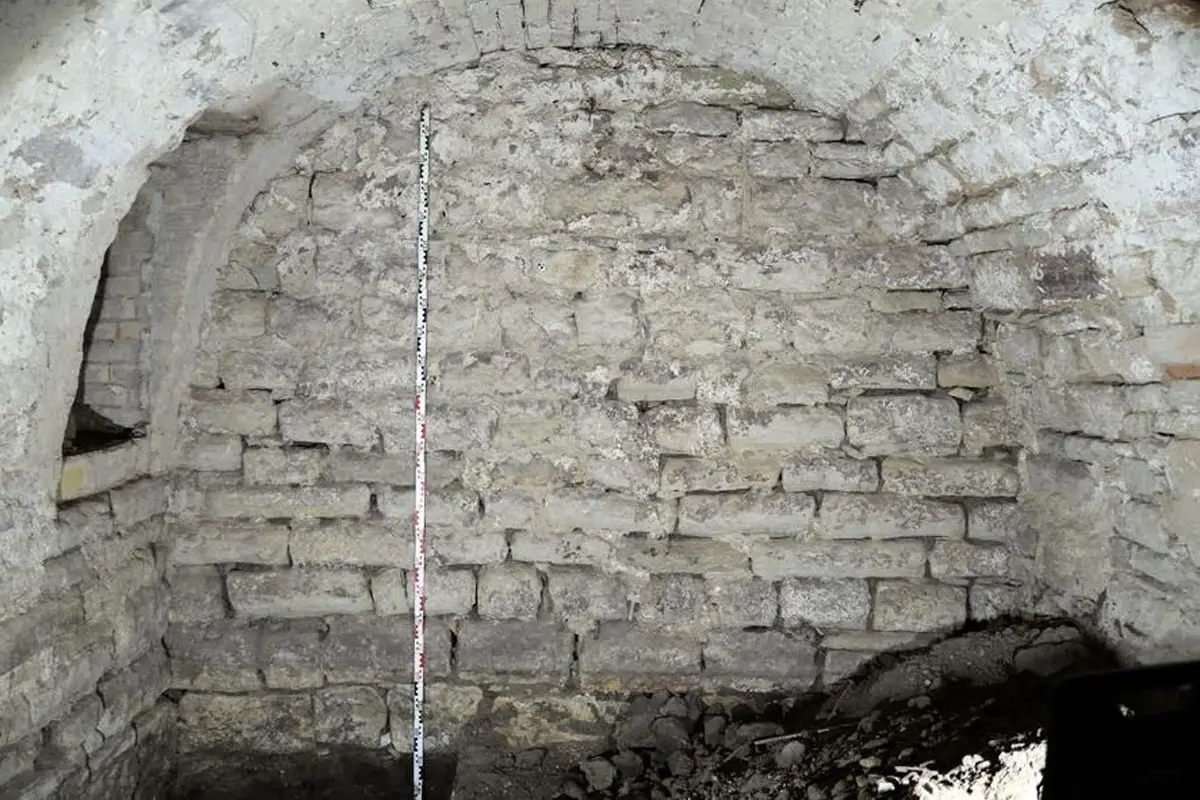Archaeologists from the State Office for Monument Preservation and Archaeology (LDA) Saxony-Anhalt have uncovered traces of the first bishop’s palace at the southern end of the Merseburg Cathedral Hill in Merseburg, Germany.
Construction of the early Romanesque Merseburg Cathedral was begun by Bishop Thietmar of Merseburg in 1015.
It was consecrated in 1021 in the presence of Emperor Heinrich II (Henry II), however, following a series of collapses in the eastern part of the structure, the cathedral wouldn’t be formally consecrated and opened until 1042 by Bishop Hunold.
The Merseburg Cathedral of St. John and St. Lawrence is today considered one of the most important cathedral buildings in Germany.
The LDA team were excavating the basement of the so-called Martinikurie, a two-story residential building from the Baroque period. Excavations revealed the remains of the first bishop’s palace, dating from from the time of the second consecration of Merseburg Cathedral.
According to the LDA: “We found the almost completely preserved basement-like lower floor of a hall building, whose 1.75 metre thick foundation walls are still preserved up to a height of 3.40 metres. Steps in the masonry and a pillar from the time of construction inside the building prove that at least one hall-like upper floor once stood on top of this.”
The palace was constructed by Bishop Hunold, who headed the diocese of Merseburg between 1036 and 1050.
“This finding makes it possible to locate one of the most important buildings of the episcopal see in Merseburg – a building that, with its location and size, clearly expresses the self-confidence of the diocese, which was re-founded in 1004 by King Henry II of Germany” added the LDA.
Header Image Credit : LDA
Sources : State Office for Monument Preservation and Archaeology (LDA)





